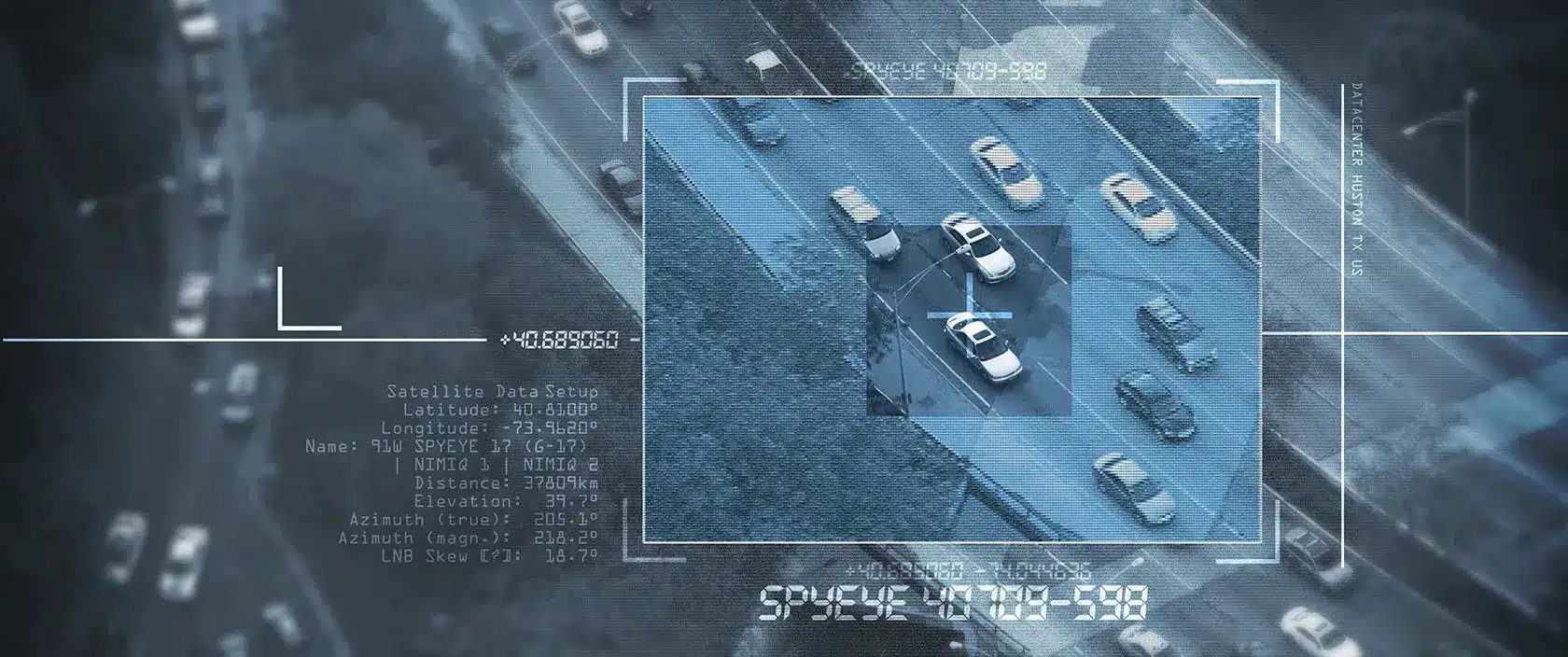Crimes against businesses can rob them of their reputation, profits, and safety. That’s why it’s critical for to stay on top of crime trends. The best way to do that is through the FBI’s National Incident-Based Reporting System.
NIBRS falls under the Uniform Crime Report (UCR) Program, which includes the Hate Crimes Statistics Program, Law Enforcement Officers Killed and Assaulted (LEOKA), and the retiring Summary Reporting System (SRS).
What is NIBRS and how is it different from SRS?
According to the website, “NIBRS captures details on each single crime incident—as well as on separate offenses within the same incident—including information on victims, known offenders, relationships between victims and offenders, arrestees, and property involved in crimes.”
About NIBRS Crime Data
NIBRS endeavors to improve the quality of crime data from law enforcement by reporting more numbers, more information, and types of crime. It delves into specifics such as the time of day and location and provides greater context to crime problems. The system has an interactive map that supplies details of offenses sorted by law enforcement agency types including tribal and university/college law enforcement.
On the old SRS system, a burglary that ended in a homicide was cataloged as a homicide because it’s the more serious of the two crimes. Thus, there was no data about the burglary. Now, the system looks at each crime committed. It tallies a burglary as one crime and homicide as another. NIBRS can count up to 10 offenses per incident.
Moreover, NIBRS will be more accurate in reporting the number of each offense. For instance, SRS is more accurate in tracking robberies than burglaries. That’s because of the hierarchy rule where a robbery ranks higher than a burglary. If a robbery and a burglary occur in the same incident, only the burglary counted in SRS.
Even the reported number of robberies may not be accurate in SRS. That’s because it counts crimes that are more serious than robbery. NIBRS greatly improves accuracy by tracking all the offenses (up to 10) for each incident.
Initially, using this approach will make it look like crime is climbing. It’s really a different, more effective way of counting.
A robbery that results in a homicide is only counted as a homicide on SRS. You’re missing out on the robbery factor from a data perspective. Now, robbery will be counted in NIBRS. This will help law enforcement better determine what resources it needs to fight specific crime and to do it more efficiently.
NIBRS Vs. SRS
Another benefit of switching to NIBRS is that it catalogs 48 more offense categories than SRS does. The new system shares details about criminal incidents including information on the following:
- Victims:
Age, sex, race, and ethnicity for all victims. SRS only tracks this for murder. - Offenders: Any known age, sex, race, and ethnicity. SRS does not track this.
- Relationships between victims and offenders: NISBRS tracks this information for all offenses whereas SRS only collects this for murder.
- Locations:
NIBRS tracks 45 locations, far more than SRS’ seven for robbery and two for burglary. - Time of offense:
NIBRS tracks the time the offense occurred to the hour. SRS only does general categories of day and night. - Weapons:
NIBRS lists more weapon types than SRS does. - Circumstances: SRS only tracks this for homicides whereas NIBRS can also track it for assaults.
NIBRS will help law enforcement and communities come up with solutions based on specific data instead of generalities. The lack of detail in SRS makes it challenging for law enforcement to accurately interpret trends. As such, they pursue solutions based on assumptions.
For instance, to fight the growing trend of robberies, police typically monitor convenience stores because that’s where robberies often occur. Switching to NIBRS, the police now know better where the trend of robberies occurs. NIBRS indicates the trend is on high school campuses in which the offenders are between 16 and 20 years old. Instead of wasting resources on convenience stores, law enforcement can create a plan to counter the increase in crime in schools.
More than 7,000 out of 18,000 law enforcement agencies have switched to the new system for sending in their crime data. The plan is for it to become the national resource for crime reporting by 2021.
What NIBRS 2018 Crime Data Reveals
In 2018, there were more than 3 million crimes against property. The most common ones are larceny/theft offenses (1.3 million), destruction/damage/vandalism (600k), and burglary/breaking and entering (400k). The year’s data includes information on more than 5 million offenders.
With crimes against property, the NIBRS can break it down by location types. The following table details some of the location types of interest and their specifics.
2018 Crimes Against Property in the U.S.
|
Location |
Total Offenses |
Burglary/ Breaking and Entering |
Destruction/ |
Larceny/ Theft |
Motor Vehicle Theft |
Robbery |
|
Auto Dealership |
14,817 |
1,306 |
1,928 |
4,923 |
4,269 |
50 |
|
Commercial / Office Building |
108,165 |
18,687 |
22,387 |
42,751 |
5,732 |
1,150 |
|
Construction Site |
27,455 |
6,251 |
4,610 |
15,217 |
763 |
71 |
|
Department / Discount Store |
293,273 |
4,699 |
6,304 |
236,674 |
1,187 |
3,275 |
|
Parking Lot / Garage |
396,771 |
9,596 |
95,818 |
209,182 |
58,587 |
9,075 |
|
Shopping Mall |
21,000 |
401 |
1,088 |
16,064 |
433 |
322 |
Although Residence/Home appears as a location, be aware the data does not differentiate single-family homes and multi-family residential.
NIBRS Offense Definitions
defines the offenses as follows:
- Burglary/Breaking and Entering:
“The unlawful entry into a building or other structure with the intent to commit a felony or a theft.” - Destruction/Damage/Vandalism of Property (Does not include arson): “To willfully or maliciously destroy, damage, deface, or otherwise injure real or personal property without the consent of the owner or the person having custody or control of it.”
- Larceny/Theft:
“The unlawful taking, carrying, leading, or riding away of property from the possession, or constructive possession, of another person.” - Motor vehicle theft: “Theft of motor vehicle.”
- Robbery:
“The taking, or attempting to take, anything of value under confrontational circumstances from the control, custody, or care of another person by force or threat of force or violence and/or by putting the victim in fear of immediate harm.”
As you can see robberies rank higher than burglary. Burglary is the unlawful entry into a building, but not necessarily involving an attempt to take anything or commit a felony.
Boost Security with NIBRS Crime Data
Auto dealerships, construction sites, commercial properties, retail centers, and office buildings can use the location data to see what types of crimes affect them and how much. A construction site and auto dealership looking at only the robbery data may think they don’t have to worry about security as much as other businesses.
However, when you look at the other types of crimes affecting them, it tells a different story. Auto dealerships must worry about motor vehicle theft and larceny. Motor vehicle thefts on construction sites are understandably less concerning than it is for auto dealerships. Still, construction sites contend with a high number of larcenies, burglaries, and vandalism.
This table looks at crimes against property for the entire U.S. Maybe some of these crimes are not as big of a problem in specific states. Fortunately, NIBRS breaks down information by city and state. That’s why you want to go to the map and look at the data for your area. If you’re in a metro area like Dallas / Fort Worth, you’ll want to look at the numbers around you, especially if your city does not yet do reporting.
When you make a table like this one for your business and geographic location, you can share it with a security consultant. The consultant can ascertain the best security solutions for the types of crime in your area. The most effective security solutions take a layered approach. You don’t want to rely on just one thing.
How to Implement Multi-Layered Security
Think about the homes you visit. Many rely on more than just a deadbolt lock. Some have a strike plate. Some have a security system. Some have video surveillance
cameras. Some have window or glass break sensors.
A business with layered physical and perimeter security may implement the following:
- Proper lighting
- Fencing
- Strategic landscape design
- Signage
- Access Control System
- Video surveillance
Taking a layered, proactive approach can help bolster your security while curtailing damage and liability. You can take security up another level when you implement an integrated security system. This helps to maximize your security resources while minimizing costs and effectiveness.
For example, you can integrate an access control system with a video surveillance camera and audio warning speaker to monitor who enters and exits the property. This integration can also capture license plates and other identifying information.
If an intruder enters the property, you can issue a warning on the on-site speaker. This deters some people, but not all. The next step would be to call law enforcement and guide them to the intruder’s location.
Sometimes you need to review footage to find suspicious activity. An integrated security system makes it easier for analysts to find the footage they need.
An integrated security solution can streamline processes, workflows, and reporting. If you have a question about access control, you have one point of contact. If you need to identify a license plate, you contact the same source. A proactive integrated security system can save time and money, yielding a faster ROI.
To learn more about proactive security, download the free video surveillance guide. If you need help creating a security plan for your business based on NIBRS data, please contact us





